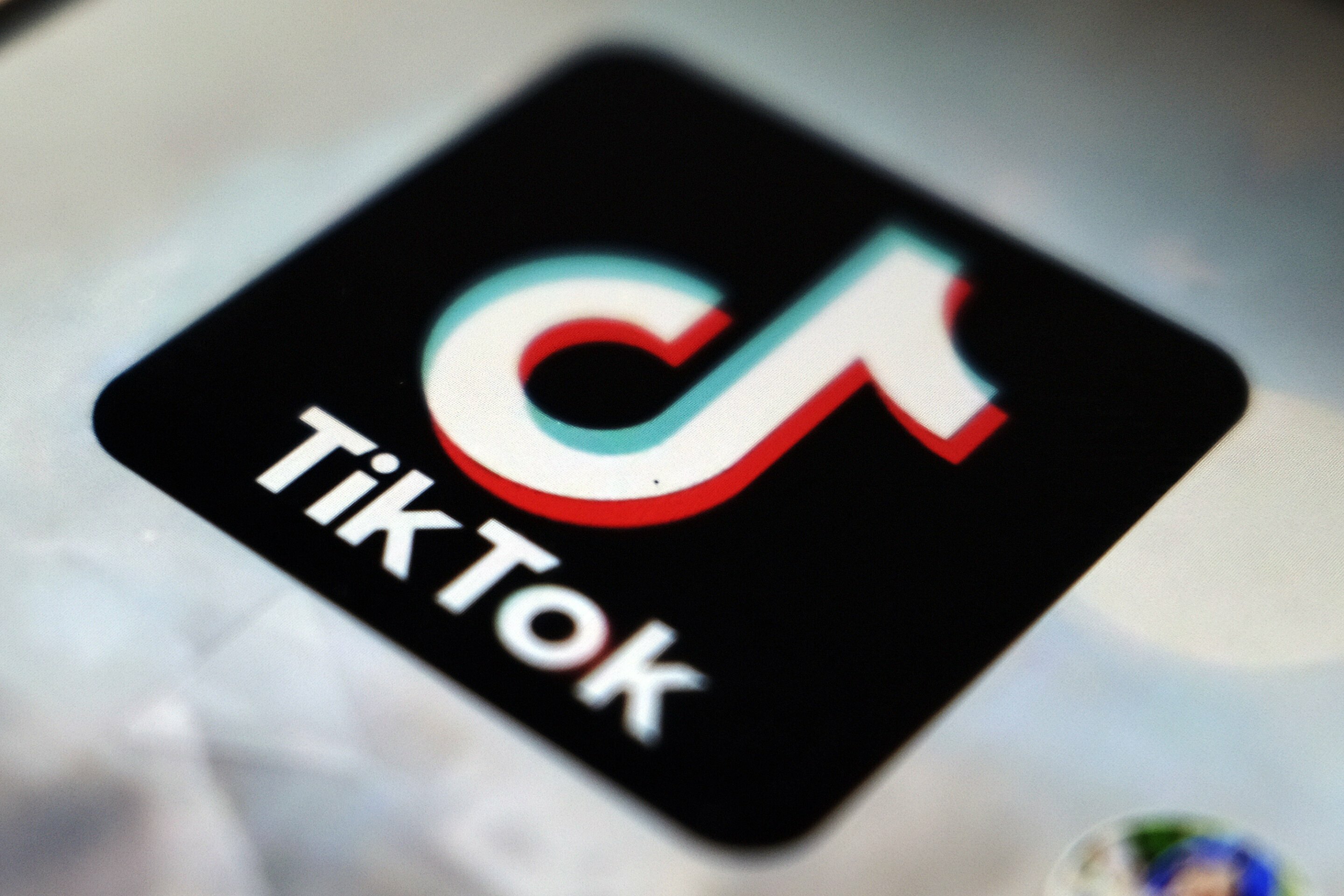In recent times, managers of companies all over the world have constantly been challenged by the need to achieve massive efficiency and secure a competitive edge for their product in its line. In the quest for this, some of them have responded rapidly to competitive and market changes while others have outsourced aggressively to gain efficiencies and nurtured a few core competencies in the race to stay ahead of rivals. In the competitive race, some companies have even tried positioning but it has become too static for today’s dynamic markets and changing technologies.
According to Michael Porter’s column in an edition of the Harvard Business Review, the quest for productivity, quality, and speed has generated a remarkable number of management tools and techniques from companies, some of which have been total quality management, bench-marking, time-based competition, outsourcing, partnering, re-engineering and change management. Although the resulting operational improvements have often been dramatic, many companies have been frustrated by their inability to translate those gains into sustainable profitability. And gradually, almost imperceptibly, management tools have taken the place of strategy. As managers push to improve on all fronts, they move farther away from viable competitive positions. The root of the entire problem most companies’ managers face in their quest to establish and sustain a competitive edge over their rival companies is their failure to effectively distinguish between operational effectiveness and strategy.
To Porter, ‘Operational effectiveness and corporate strategy are both essential to superior performance being the primary goal of any enterprise. But they work in very different ways. Operational effectiveness (OE) entails performing similar activities better than the way your rivals would perform them. Being not limited to efficiency, operational effectiveness refers to any number of practices that allow a company to better utilize its inputs by reducing defects in products or developing better products faster. In contrast, strategic positioning is done in two ways. One can be performing different activities from rival brands or performing similar activities in different ways’. Strategic positioning attempts to achieve sustainable competitive advantage.
According to Houston Chronicles, competitive advantage refers to a company’s ability to attract new customers at a faster rate than its competitors because its products or brands are viewed by customers as being superior. Meanwhile, a competitive advantage is said to be sustained when a company maintain it consistently over time. But in modern day marketing, a brand that edge others in a competitive product line might find its advantage drastically reduced or completely eroded because its competitors might upgrade their products and services offering and meet the consumers needs in a better way. This, therefore, necessitates the need for companies to devise means of sustaining their brands’ competitive edge and consistent market relevance.
One way to do this effectively, according to Houston Chronicles, is by bringing new products or services to the market that will serve as greater improvements over what has been available in the past in terms of meeting customers’ varying needs. This requires having a flair for innovation and being proficient at creating fresh brands or garnishing the existing ones with new features in line with the current needs and wants of the consumers. To achieve this effectively, company managers should consistently encourage their workers to bring up ideas that will improve the company’s brand and business operations which will guarantee greater profitability.
Another strategy to employ is to consistently put in place excellent customer-care services because this ultimately leads to higher customer satisfaction. Generally, customers who are satisfied with a company’s care services will have little reasons to neglect its brands for others in the market. According to Forbes, building a strong customer service operations can increase sales, revenue and profits. Statistics have shown that seven out of every 10 US consumers on Twitter were willing to pay about nine dollars more for tickets while those who received responses from wireless companies were willing to pay eight dollars more every month. And when those responses come within five minutes, the figures jumped. This shows that how a company responds and treats its customers is also as important as how fast they respond to the customers’ complaints or enquiries.
Having strong brand equity is another way a company can sustain its competitive edge over its competitors. A company’s brand equity is the strength, power and value of its brand among its target consumers in a market. If this brand equity is strong enough, it can sustain the brand competitive advantage and consistently make it a first choice in its product line. A company can strengthen its brand equity by establishing and maintaining an image associated with quality, reliability and fairness in dealings with customers in the market place. Doing this is imperative because it is the product that is most popular among consumers and sellers that is likely to enjoy more patronage in a market place.
Aside boosting brand equity and employing the afore-mentioned strategies, other ways to sustain a competitive edge include producing products at lower cost structure. This will make it possible for the company to charge a lower price than its competitors. Having a strong patent on a technology will also help as it will prevent the brand or products from being duplicated.
Samson Oyedeyi























